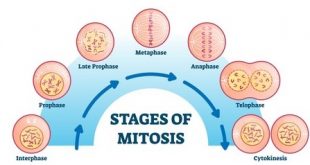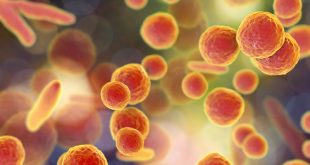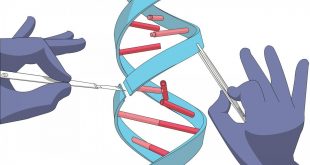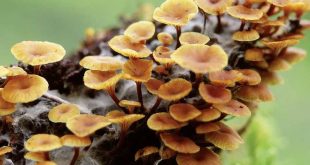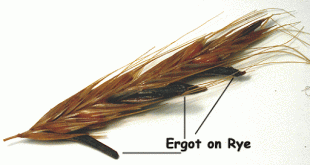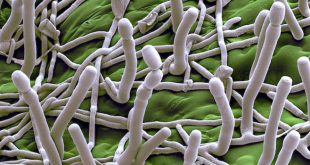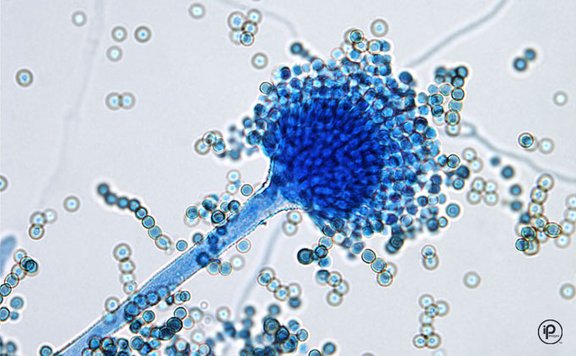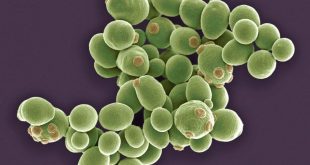Mitosis is one kind of cell division that occurs in the somatic cells of the body. It produces two daughter cells in each division. The daughter cells have the same number of chromosomes as in mother cells. Therefore, the Haploid mother cell (n) will produce two haploid daughter cells (n) …
Read More »Mycoplasma: The Simplest Prokaryotic Cell
Mycoplasma, also known as PPLO- are the simplest prokaryotic cell. Mycoplasma is a group of small parasitic bacteria that lacks cell walls and can survive without oxygen and generally resistant to antibiotics and can cause pneumonia and urinary tract infections in animals and humans. Few common species of mycoplasma …
Read More »Introduction to & Basic Concepts of Plant Breeding
Plant breeding started with sedentary agriculture, particularly the domestication of the first agricultural plants, a practice which is estimated to date back 9,000 to 11,000 years. Initially, early human farmers selected food plants with particular desirable characteristics and used these as a seed source for subsequent generations, resulting in an …
Read More »CRISPR Cas9: Plant Breeding is now at the Speed of Light
Introduction Plant breeding has been practised for thousands of years, since the rudiments of human civilization. It is now discussed worldwide by government institutions. Plant breeding is the purposeful manipulation of plant science in order to create desired genotypes and phenotypes for quest. This manipulation involves either controlled pollination, genetic …
Read More »The Age of Bacteria
Planet Earth is about 4.55 billion years old. A sense for this achingly long time grew only slowly throughout the nineteenth century as geological and biological inquiry unravelled the pattern and processes of the planet’s natural environment. The 4.55 billion figure derives from the decay of radioactive forms of elements …
Read More »Agaricales: Agarics & Boletes
Agaricales is an order of fungi in the class Agaricomycetes (phylum Basidiomycota, kingdom Fungi). It is one of the most diverse orders of the phylum Basidiomycota. Traditionally, agarics were classified based on the presence of gills (thin sheets of spore-bearing cells, or basidia) and mushroom-shaped fruiting bodies. Some other conspicuous …
Read More »Clavicipitales: Ergot by Claviceps Purpurea
Claviceps are member of the pyrenomycetes, fungi which are referred when they form perithecial ascocarp. They are important as the parasites of many endophytes in their life as discussed below- Classification Class: Ascomycetes Sub-class: Hymenomycetidae I, Hymenomycetidae II. Order: Hypocreales Family: Clavicipitaceae Genus: Claviceps Vegetative structure The intercellular hyphae are …
Read More »Erysiphales: Genera Causing Powdery Mildews
One of the important fungi which influence human life belongs to the order Erysiphales. This fungi causes powdery mildew disease to plants, so named as the infected plant appear to be covered by a white, powdery material. This is none other than due to the powdery conidia, which are blown …
Read More »Eurotiales: Perfect & Imperfect Stages of Aspergilli & Penicilli
Aspergillus Why do some sexual stages lack active antheridium? What are the conditions favouring sexual reproduction? Good to know The mycelial or ascospore stages are the ones that overwinter in the life cycle. Classification Phylum: Ascomycota (Filamentous ascomyecetes) Class: Ascomycetes Order: Eurotiales Family: Trichocomaceae Genus: Aspergillus Species: A. niger, A. …
Read More »Endomycetales with Emphasis on Saccharomycetaceae
Endomycetales is an order of ascomycetous fungi having ascus (pl. asci) developing from a zygote or single cell. One of the families of Endomycetales is Saccharomycetaceae and the members of this family are commonly known as Yeasts. Systematic Position Phylum Ascomycota Get Free Netflix Now Best safe and secure cloud …
Read More » Plantlet The Blogging Platform of Department of Botany, University of Dhaka
Plantlet The Blogging Platform of Department of Botany, University of Dhaka
